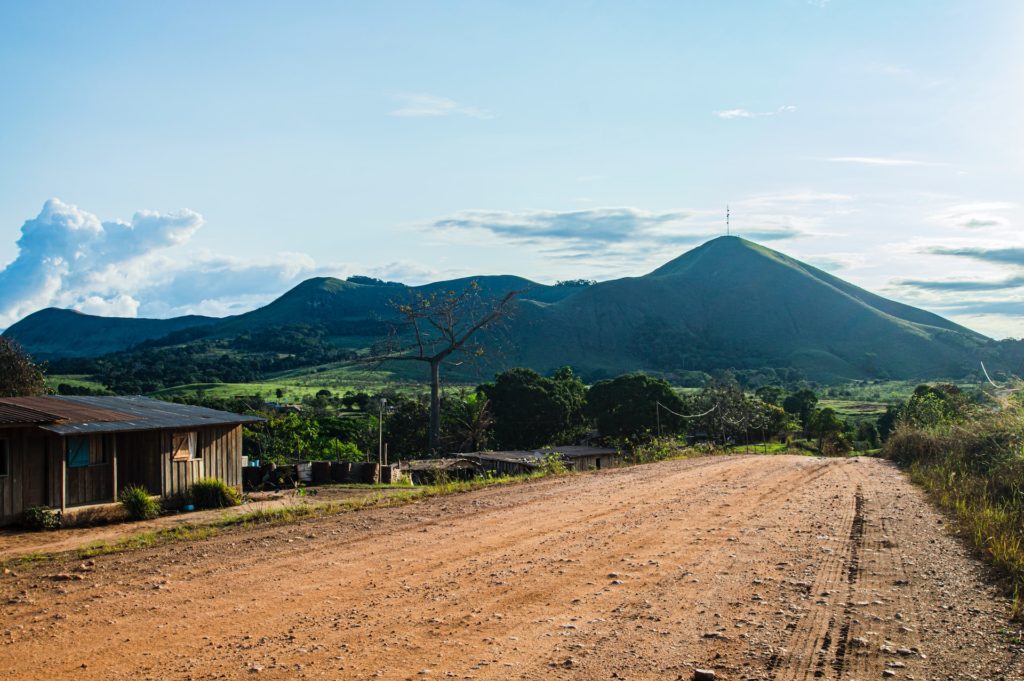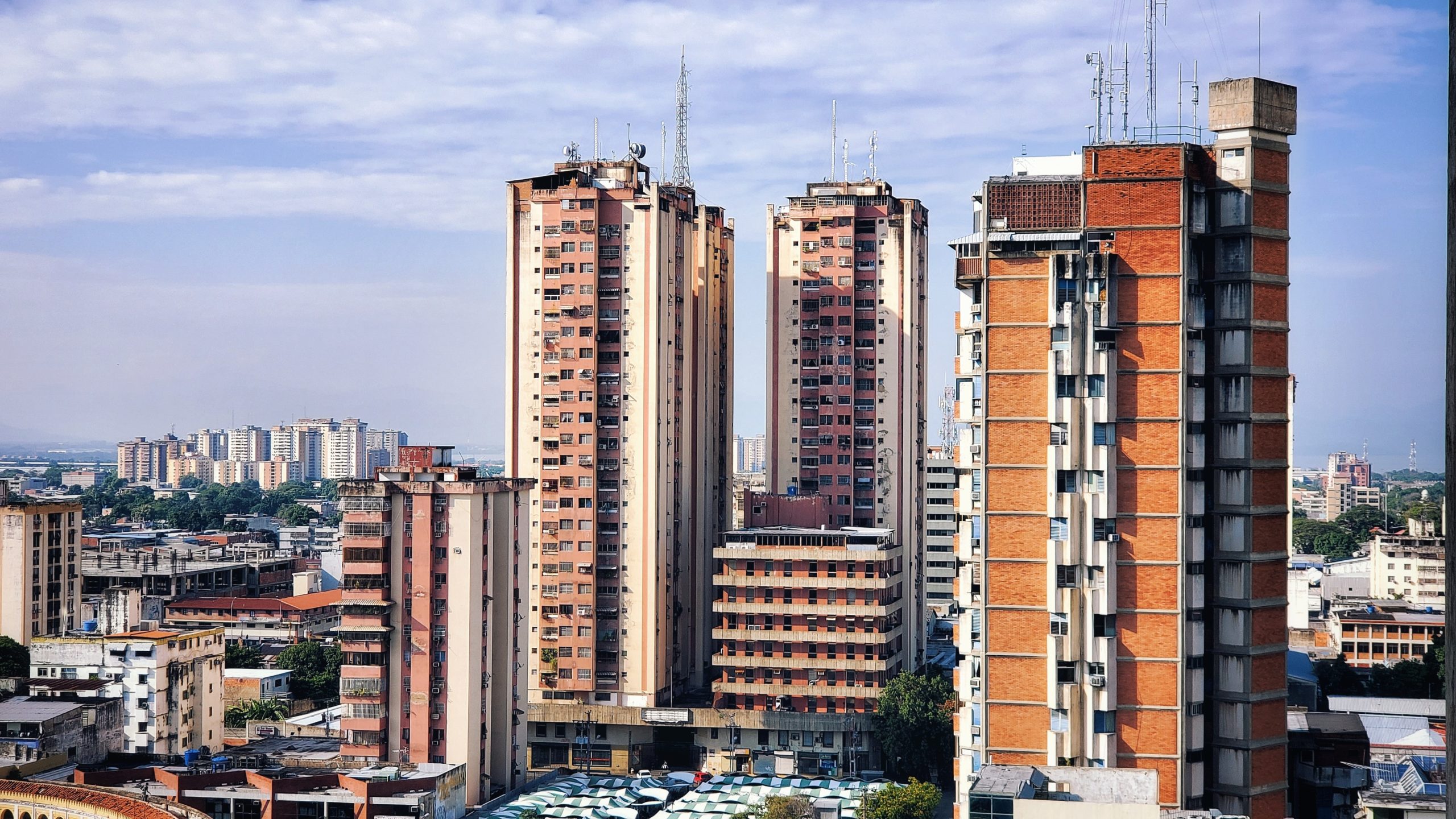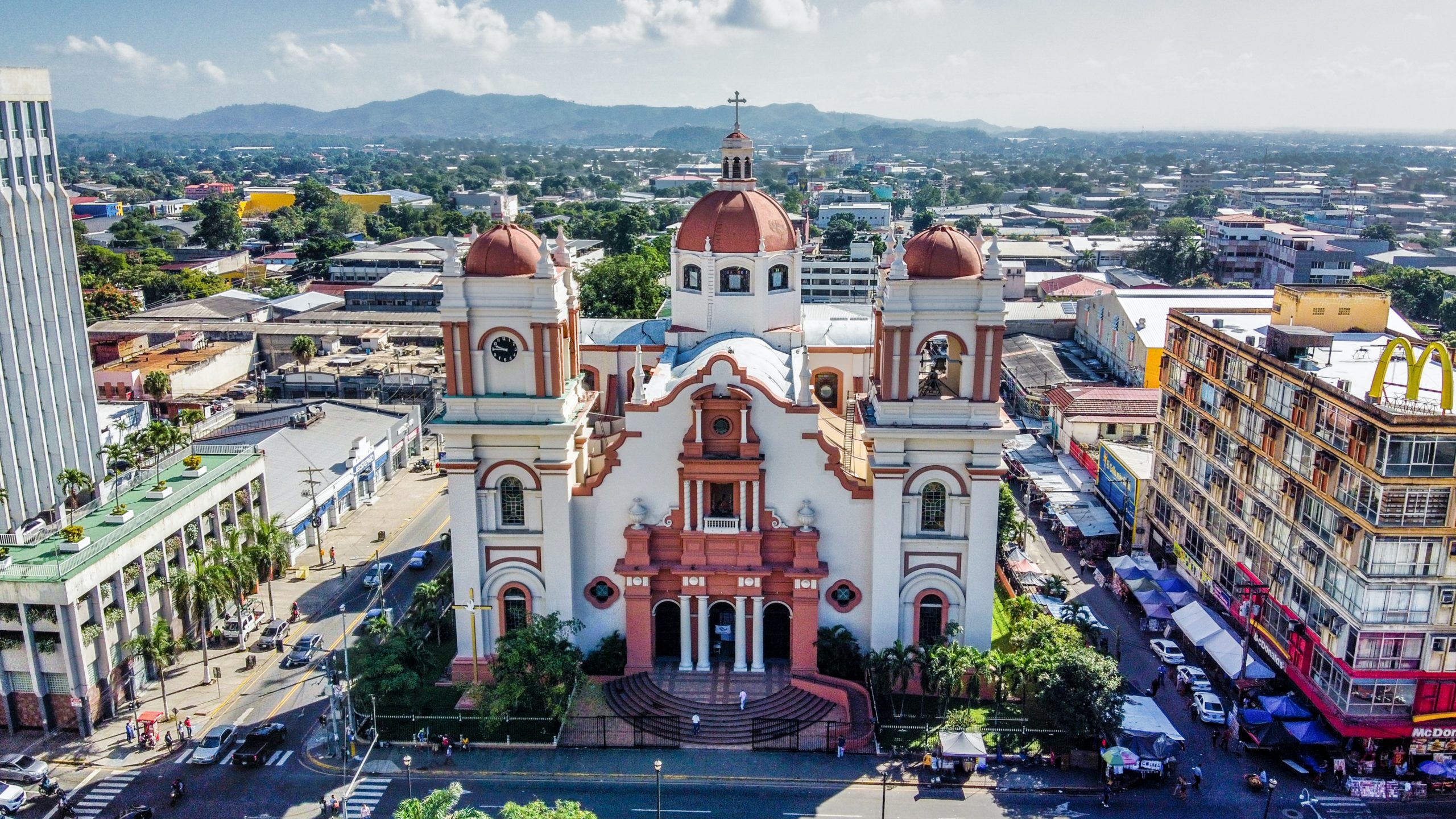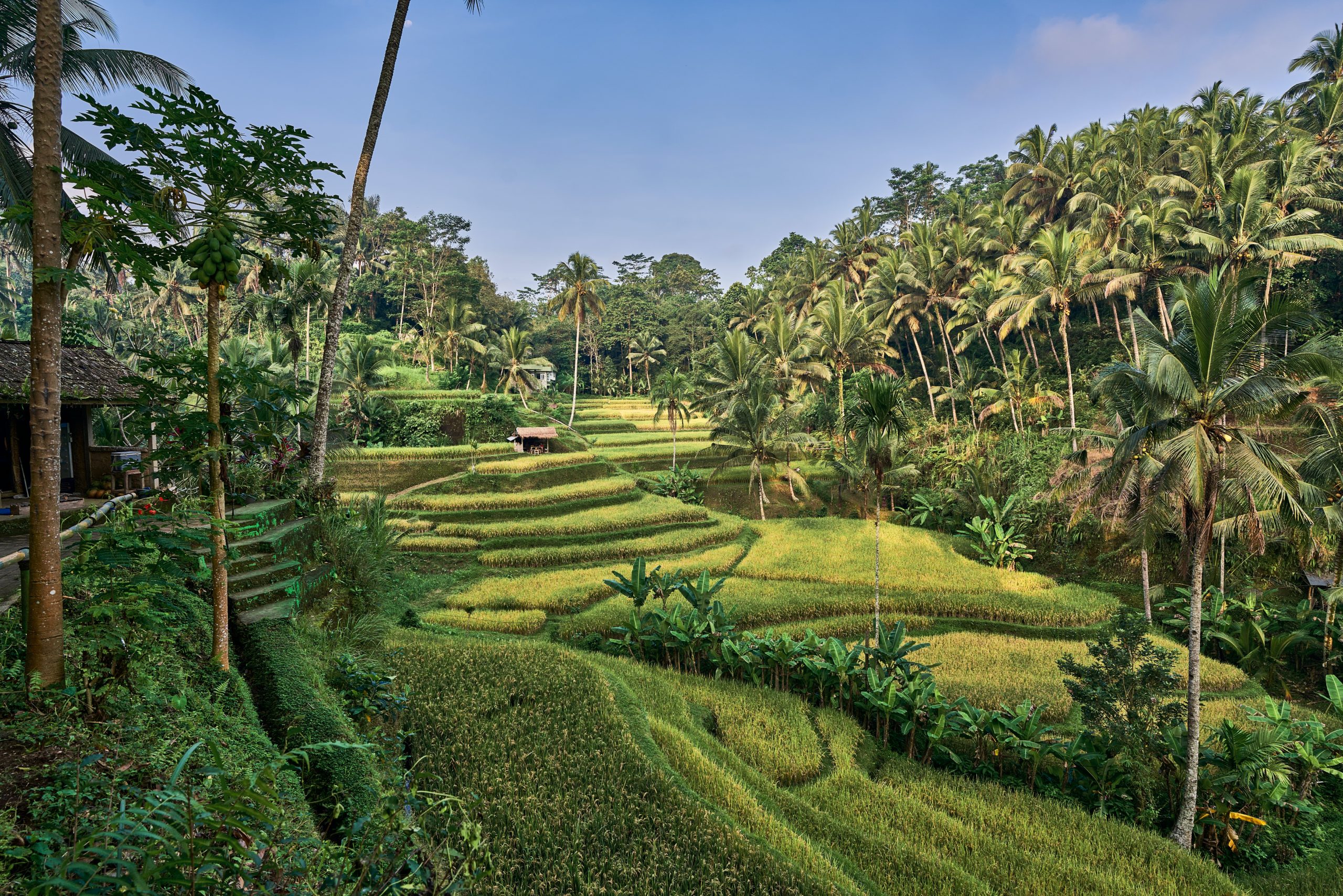West African Burkina Faso is a landlocked nation. 86 percent of the population works in agriculture, which accounts for 30 to 40 percent of the country’s GDP. It has a tropical climate with a lengthy dry season that lasts from November to May. Burkina Faso’s primarily rain-fed agricultural productivity is severely constrained by this. Sorghum, millet, maize, rice, fonio, cotton, groundnuts, cowpeas, sugarcane, roots and tubers (cassava, sweet potato, yam), fruits, and vegetables are the main crops.
This country started conducting agricultural research in 1959 with rice. Plant breeding and biotechnology are only addressed by five national institutions, four of which are public.
Their main goal is to create early-growing crops for environments with limited nutrients and little rainfall. Cereals (mostly maize, sorghum, and millet), which continue to be the principal crop for Burkina Faso’s staple diet, are prioritized and given the highest percentage of resource allocation.
Due to a shortage of funding, research efforts are currently declining. The insufficient number of breeders for each crop is another factor that hinders the success of breeding initiatives. Since germplasm with disease and pest resistance is typically stored in foreign gene banks, the private institute also lamented the “restricted access to international genetic resources.”

Description of cropping systems, climate, and soils
In this country, around 90% of the population works in agriculture, only a minor percentage are directly employed in industry and services. Cultivation takes place throughout the rainy season, with subsistence living predominating. The main food crops are sorghum (Sorghum bicolor), millet (Pennisetum glaucum), and maize (Zea mays), which are grown on around 80% of the arable land area. 40% of the nation’s GDP is derived from agriculture (The World Bank, 2004).
The very variable spatial and temporal distribution of rainfall and the soils’ innately low fertility are two major agricultural restrictions. Advanced weathering, weak physical structure, low active clay and organic matter, and low nutrient supplies limit crop yields (Piéri, 1989; Sédogo, 1993; Bationo, Lompo & Koala, 1998). Burkina Faso’s intensive usage of farming on soils with little rainfall and little nutrient inputs results in a poor level of agricultural output.
Farming systems
In Burkina Faso, cropping systems vary significantly from area to region concerning agroecological and socioeconomic factors.
The majority of Burkinabe agriculture is composed of rain-fed subsistence systems, which are distinguished by tiny family farms (from 1.5 to 12 ha per household). The only crops irrigated are rice, sugar cane, vegetables, and fruit. Extensification (i.e., an expansion in the area) rather than intensification has historically contributed more to increases in crop production (i.e. increased use of inputs and improved varieties).
Most farmers choose direct planting to overcome unpredictable rains, poor soil quality, a lack of available labor, or an inability to use the right equipment for plows. Crop residues are frequently collected at harvest to be used as feed, fuel, or building materials. Crop remnants that are still on the ground are either burned or fed to cattle to clear the soil for the upcoming growing season.
Stone rows, half moons, earth bunds, and grass strips are used to save soil and water in areas with significant climate threats, especially in the central and northern regions. To deal with climatic fluctuation, nearly all of Burkina Faso’s areas now require some type of soil and water conservation technology.
Soil preparation for cropping
By plowing or scarifying, tillage and seedbed preparation are carried out. Reduced tillage is done on wet soil with a “Manga” hoe or hand hoe, and plowing (10–15 cm soil depth) is done with horse traction (with a moldboard plow). These farming methods are suggested for the sub-Sahelian zone (400-600 mm), the north-Sudanese zone, and the south-Sudanese zone (average annual rainfall = 900 mm), respectively (600-900 mm).







